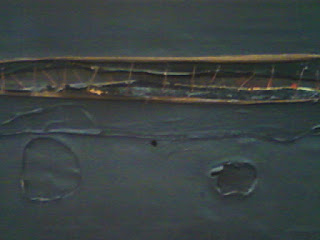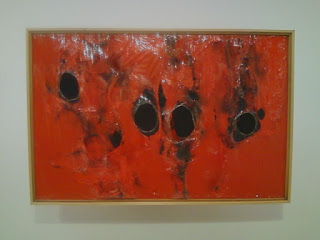The
Museum of Art and Design is presenting the beautiful porcelain sculptures of
Chris Antemann. I've never heard of this artist before until now when, as a security guard employed by a national security firm, I was
assigned to MAD for one day and posted at the gallery that displays her
collaborative exhibition with the renowned MEISSEN Porcelain factory.
These strikingly
seductive and beautifully erotic pieces are a tour de force. One end of the
gallery hangs the ornate Lemon Chandelier
embellished with scantily clad figurines and lemons.
In the center of the
gallery there is the elaborate installation entitled Love Temple inspired by an 18th century model of the
same name by Johann Joachim Kændler.
Antemann has redesigned the original
version to its basic form and added her figures and decorations to fashion a
five- foot- tall feasting rotunda for her Forbidden
Fruit Dinner Party.
Per
the exhibition wall texts, her concept owes much to the French Rococo painter Antoine
Watteau, 18th century French banquet fads, and the Biblical story of The Garden
of Eden.




























